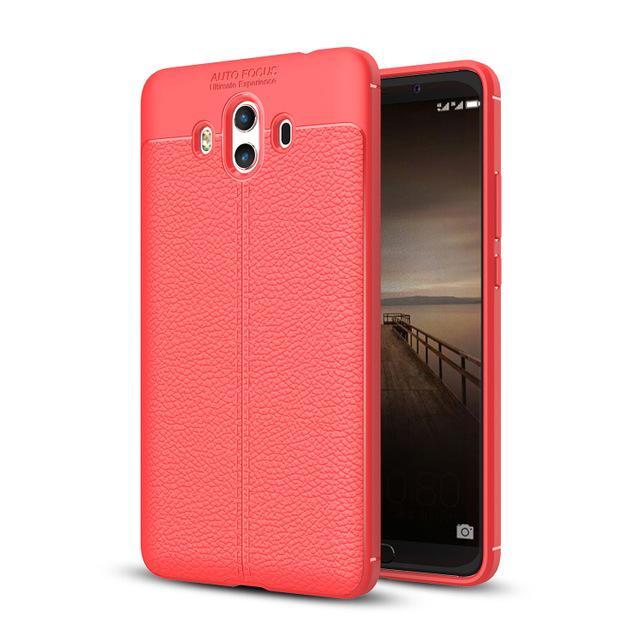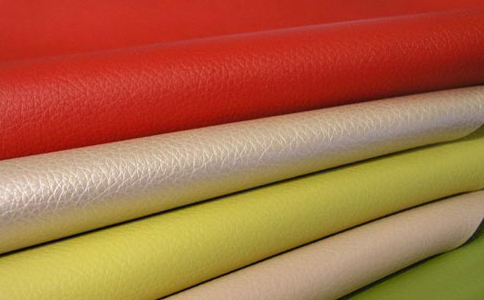Spraying has always been the most common surface treatment method for plastic housings of consumer electronics. In addition to creating the color and brightness that plastic dyeing is difficult to show, it can also provide higher hardness and abrasion resistance on the shell.
In the beginning, when the shell progressed from plastic dyeing to spray painting, in order to get rid of looking cheapness, people always liked to spray silver paint containing aluminum powder to disguise it as high-grade and technologically sensitive metal. This tendency seems to have appeared in the development process of various information products, and then different developments have occurred according to the different attributes of each product.
Mobile phones are a colorful period after silver paint; silver still exists, but with metal Various colors of particles or pearl pigments follow. In the past, notebook computers were not as popular as mobile phones. In addition, perhaps due to the influence of Apple MacBook, the silver products ushered in white and black designs, until the Sony CR series led to the emergence of colorful paint Installed.
As for LCD screens, TVs, and projectors, there was a period of silver as well. After that, it moved to black high-brightness-commonly known as piano mirror paint-spraying. Following this trend and the cost pressure caused by fierce competition, there has been a trend of saving recently. Spray paint, the tendency to shoot black plastic directly from polished molds.
Vacuum Metallization
In addition to the evolution of color or gloss, the coating of consumer electronic products has recently seen some new applications: including vacuum metallization, leather paint, and stereoscopic coating. The vacuum metallization (VM) process is to spray a layer of primer on the plastic part, then use physical vapor deposition (PVD) method to produce a thin metal layer on the primer, and finally Spray a clear top coat as protection. The appearance of vacuum plating in the information products was originally intended to replace the electroplating process, which has high pollution and poor dimensional stability, and is suitable for small parts such as buttons or decorative strips.

phone case with Vacuum Metallization
Since then, the so-called Non-Conductive Vacuum Metallization (NCVM) was developed, which overcomes the interference of metal and water plating parts on the antenna, making it possible to have a mobile phone with an all-metal appearance. In addition to giving the product shell a fluid metal feel like mercury, vacuum plating can also produce metal layers with different light transmittances by controlling the film thickness, and with a dyed topcoat, people can create a display that can show through the inside of the case Information, metal effect shell with dreamy color at the same time.
Sony uses this process in many small information products, whether it is MP3 Player, cell phone or digital camera, you can see the application of vacuum plating. In fact, vacuum plating has been widely used in information products, especially mobile phones in recent years. In addition to directly plating on the surface of plastic parts, the metal layer can also be plated on the printed IMR transfer film or IMF. The plastic film is then transferred or pasted on the plastic part with a metallic luster pattern through an in-mold decoration process.
Leather paint
The leather paint is different from the hardness of the general sprayed gold oil surface, presenting a soft and smooth matte texture like leather. It was first used in the interior of cars. In recent years, the sensory experience of tactile has been paid more and more attention. Therefore, such applications can be seen on mobile phones or PDAs that are easily in contact with the skin.

Leather material
When the market competition intensifies and the product specifications of various manufacturers tend to be consistent, how to make the product stand out from many similar competitors? It may be a good way to get rid of the old faces of technology products familiar to consumers and learn from popular markets.
In addition to mobile phones, leather materials are also used in other electronic products: Asus’s leather notebook computer should be the most familiar example; display manufacturer Hannspree has also launched a series of applications for artificial leather as Decorated boutique LCD screen.
Natural wood
Following the LOHAS trend in the past few years, real natural materials have also begun to appear in the appearance of consumer electronic products. In fact, the Nordic people who admire nature have used wood to cover information peripheral products such as keyboards, mice, and screens several years ago. What's interesting is that not only the materials are traditional, but even the craftsmanship is based on the old method using tenons instead of screws.
However, directly applying wood as the shell of information products always lacks a little sense of design, on the contrary, it has a strong rural style. There is also another British company, Mobiado, who was interested in cutting a whole piece of wood into a machine board made by Nokia after CNC cutting in 2004, trying to build it into a luxury product, but it also unconsciously exudes a strong simplicity feeling. As the base camp of the information industry, Asia also has attempts to use natural materials.
wooden LED alarm clock
Japan's Amadana is a company specializing in the production of stylish small home appliances, and has always been ingenious in the use of new materials. In the past, they have introduced DVD players that use wood as a decorative panel, home phones that use wood as a base, and refrigerators that use wood as a handle. At the end of 2007, the company cooperated with NEC to launch a limited foldable mobile phone using wood as a decorative panel, maintaining the consistent style of Amadana and showing the oriental fashion and Zen Style.
Unlike Amadana, Olympus has developed a compression molding process for wood to process wood chips into 3D shapes and apply them to a concept camera in 2006 .
In South Korea, LG introduced a 60-inch limited-edition plasma TV with wood as the front frame; in Taiwan, Asus released the concept of a notebook computer with local bamboo as the outer shell in 2007. Although wood will not become the mainstream of electronic product shells, these attempts above symbolize people's efforts to integrate cold information products into life styles.
Conclusion
The casing of consumer electronic products is just like people's clothes. At first, it is only a functional shield to keep out the cold, providing internal parts of the product and the main board structure support and protection during impact. Later, with the evolution of products and changes in consumer demand, the case began to play the role of emotional communication. Just like clothes, it represents the values of users and also conveys the way that users want others to see. At the same time, for manufacturers and even users, it also bears a responsibility for the environment.
Therefore, the housing of consumer electronic products is no longer just pursuit of structural strength and product lightness. How to take into account the ecological impact of each stage of manufacturing, use and recycling under the constraints of cost and engineering, and then maximize the material through design Perceptual characteristics, in this way can get the catching eyes of consumers in the fierce competition of electronic products.
 online service
online service coco20.xu@gmail.com
coco20.xu@gmail.com